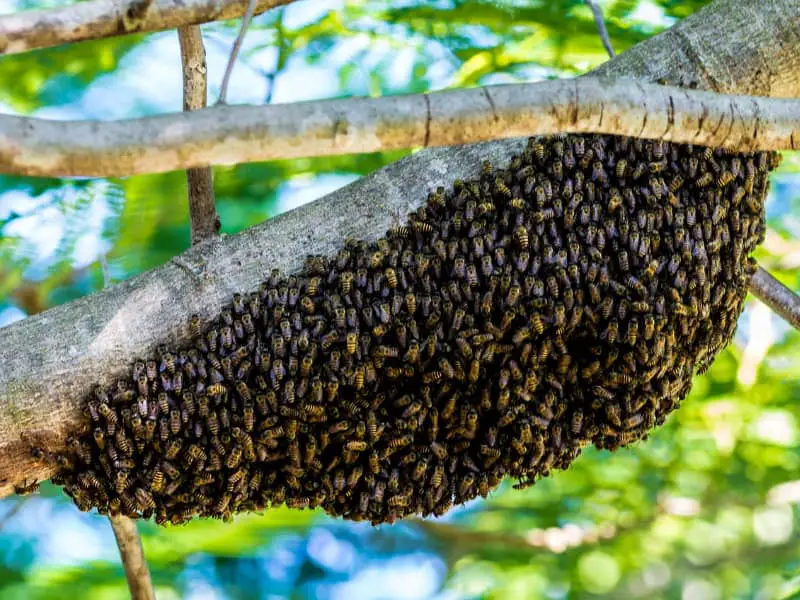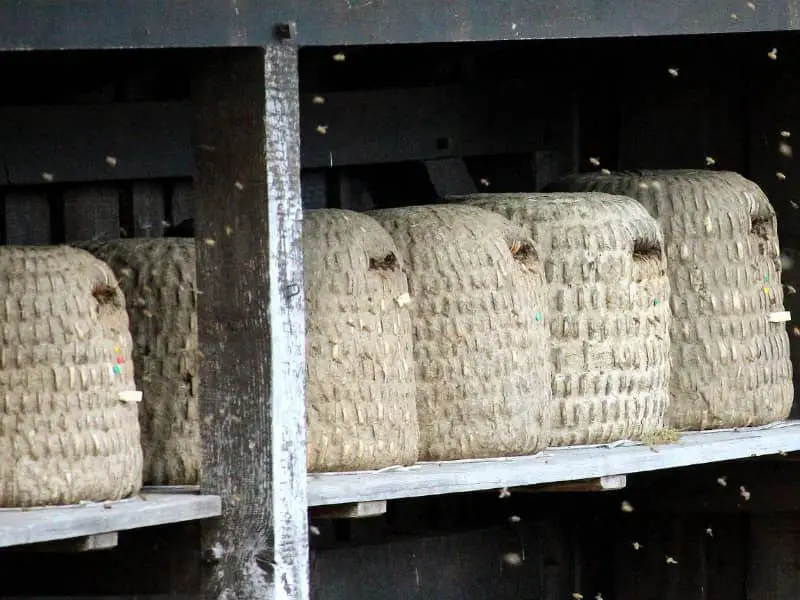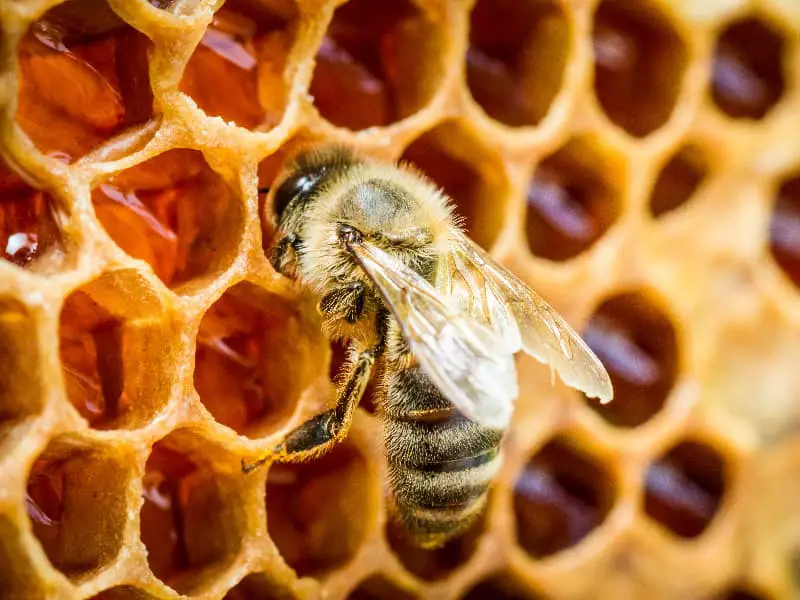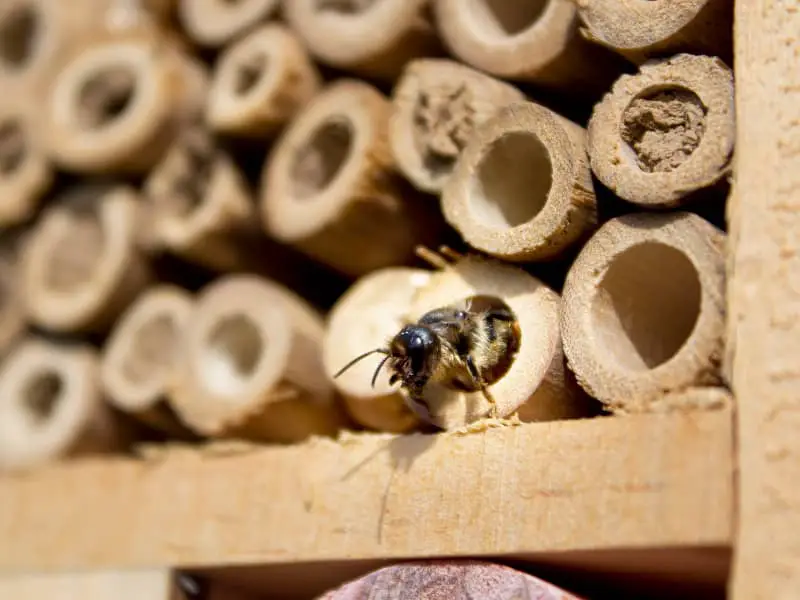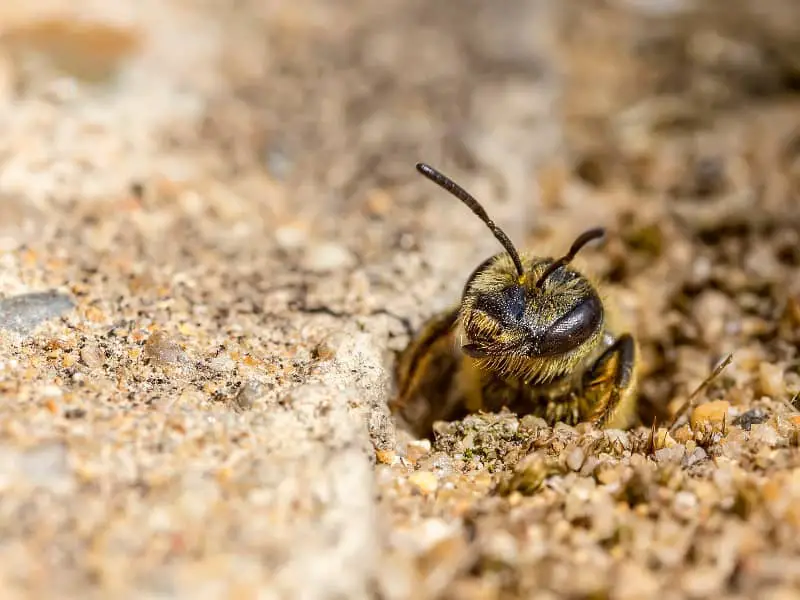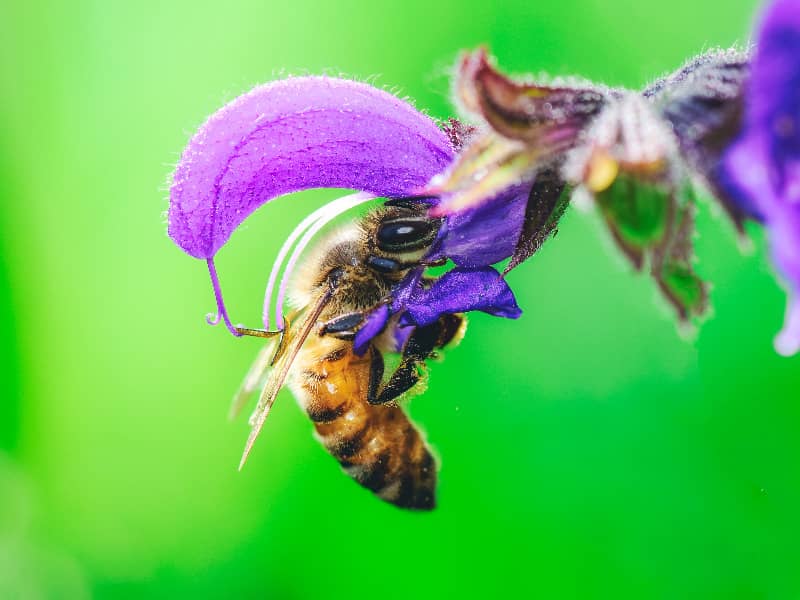
Italian bee
The buzzing activity in the gardens and colorful meadows of southern Europe is often dominated by a very special species: the Italian bee. These fascinating creatures are not only known for their prolific honey production, but also play a significant role in the nature and history of Italy. Let's dive deep into the world of this bee and learn everything there is to know about them.
Origin and distribution of the Italian bee
The Italian bee, scientifically known as Apis mellifera ligustica known, originates from the southern part of the Apennine Peninsula. It was spread to northern Europe in the 19th century and later worldwide, thanks to its many advantages for beekeepers.
Its adaptability to different climates and its resistance to diseases made it a popular choice for beekeepers in different regions. Today you can find them on almost every continent, where they are used for honey production or crop pollination.
Features and properties
But what makes the Italian bee so special? First of all, their bright yellowish to brown coloring stands out. This striking appearance often makes it possible to distinguish them from other bee species.
It is also known for its gentle nature. These bees are less aggressive than many other species, which makes them attractive to beekeepers looking for a calm and easy to manage colony. They also tend to keep their combs clean, which makes the honey of higher quality.
Honey production
An essential aspect of the Italian bee is its remarkable ability to produce honey. These bees eagerly collect nectar, producing honey of excellent quality. But why are they so productive?
The secret lies in their efficiency. They are able to collect nectar from a variety of flower sources and are very organized in their work. This allows them to collect larger quantities of nectar and convert it into delicious honey.
Adaptability and resistance
One of the reasons why the Italian bee is so popular around the world is its adaptability. It can thrive in different climates, from the cold regions of northern Europe to the hot areas of Africa.
Another advantage of this bee species is its resistance to many diseases. While not immune to all bee diseases, it shows greater resistance to some common diseases, making it a valuable resource for beekeepers.
What role do Italian bees play in nature?
In nature, bees are generally pollinators par excellence. The Italian bee is no exception. With their tireless flight from flower to flower, they contribute significantly to the pollination of plants. Without these bees, many plants would have difficulty reproducing, which in turn would have an impact on the food chain.
For many plant species, they are essential. Their presence ensures that these plants can bear fruit and reproduce. Therefore, they are invaluable not only for honey production, but also for the entire ecosystem.
Is the Italian bee endangered?
Unfortunately, yes. Like many other bee species, the Italian bee faces several challenges. Pesticides, habitat loss and diseases are just some of the problems it faces. Global warming and the resulting changes in the environment are also affecting their way of life.
It is important to be aware of these threats and take action to protect these valuable pollinators. Our world would not be the same without them, and the role they play in our environment and economy cannot be underestimated.
Behavior and social structure
The Italian bee is known not only for its productivity and gentleness, but also for its complex social behavior. Each colony of bees has a clearly defined hierarchy with a queen, workers and drones. Communication within the hive is fascinating, from the "dance language" to chemical signals they use to convey information.
Italian bee diet
While honey is often the first thing you think of when it comes to bees, the diet of these animals is more versatile than you might think. In addition to nectar, from which they make honey, bees also need pollen to obtain protein. Collecting pollen is an essential part of their daily lives, and the choice of flowers has a direct impact on the health and productivity of the entire bee colony.
Conclusion: Italian bee
It is difficult to summarize the importance of the Italian bee in just a few words. Their contributions to the environment, honey production and agriculture are invaluable. It is our responsibility to ensure that these bees and their habitats are protected.
Everyone can do their part, whether by buying organically produced honey, planting bee-friendly flowers, or supporting initiatives that work to protect these precious insects. It is up to us to care for the future of these bees and for our own future.
Author

-
Garden animal - A life with nature
Welcome to my animal blog! My name is Dirk and I am happy to take you on my journey through the fascinating world of animals and gardening.
Born 54 years ago, I have had an insatiable curiosity for the animal world around me since childhood. Although I have moved professionally in other industries, my true passion has always been animals and nature. It is remarkable how a small garden has become such an important part of my life.
Many of my fondest memories are associated with the animals that share our home. Whether it's the curious squirrels that scurry across the trees in the morning, the colorful variety of birds that visit our feeders, or the busy bees and butterflies that pollinate our flowers, every moment with them is invaluable to me.
This blog is my contribution to share my experiences, discoveries and insights with like-minded people. Here I will share stories of unforgettable encounters with animals, give tips on gardening and creating wildlife-friendly habitats, and take you on my journeys through nature.
Thank you so much for being here!
Cordial,
Dirk aka garden animal
Last posts
- 27. February 2024PetsVeganes Hundefutter – Grün und Gesund?
- 18. January 2024ChickensOregano für Hühner
- November 27, 2023HamsterDiurnal hamsters
- November 24, 2023HamsterHamster hammock

